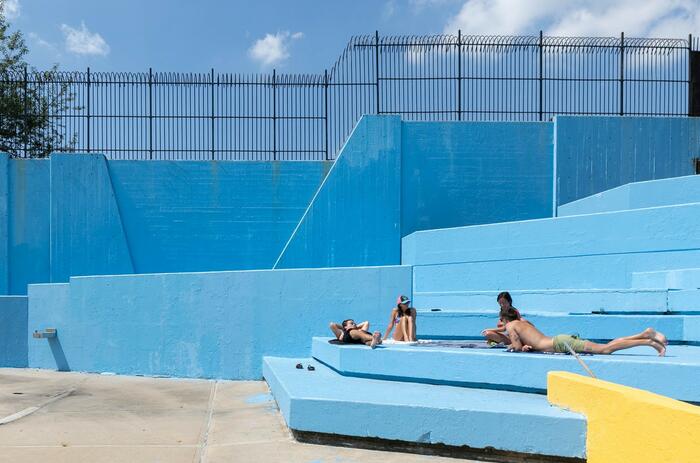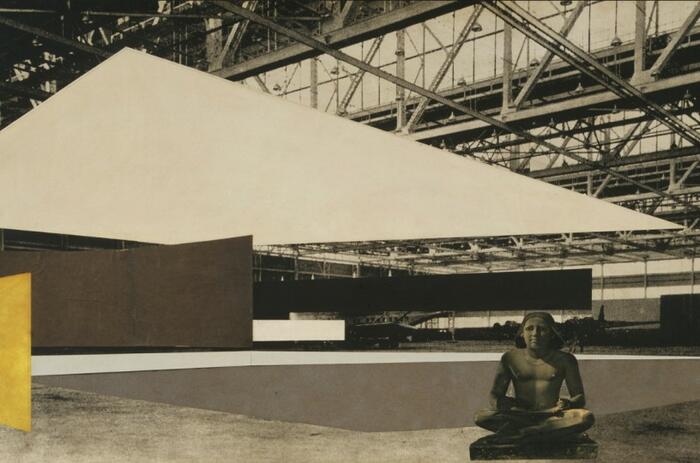THREE LATIN AMERICAN ARTISTS AT MoMA
MoMA opened Chosen Memories: Contemporary Latin American Art from the Patricia Phelps de Cisneros Gift and Beyond, an exhibition that brings together 65 works by Latin American artists who have a special interest in history.

José Bedia, a Cuban Artist Collecting the Intangible
Since 1980 he has been one of the most prominent figures in Cuban art. Bedia's work reflects his interest in building relationships between the spiritual systems of the African and indigenous diaspora. Alongside his four-decade career, Bedia is an avid collector of self-taught, ritualistic and ceremonial art.
In dialogue with MoMA, the artist explains: "My work and my collection have been together from the beginning. This happened spontaneously when I began to study art, since, during those years, I was dissatisfied with the fact that art education was oriented towards the history of Western art in all its aspects. The artistic productions of other cultures were not mentioned at all, so I set out to provide myself with this information and make up for this deficit. At the beginning I focused on the indigenous archaeology of Cuba, to move on to the search for ethnographic objects from Africa and Oceania".
History is a living organism: Rosângela Rennó
The Brazilian artist reuses discarded photographs to fight against "structural ignorance" and the deliberate erasure of history. Although Rosângela Rennó is not a photographer, photography is both her material and her subject. She was inspired by forgotten archives and anonymous photographs to create artworks that focus on marginalized histories.
Her work invites us to dwell on the worn surfaces and frayed edges of technological modernity and raises important questions: Who has the right to visibility? Who has the right to opacity? How are historical narratives constructed through visual culture? And what forgotten histories might be saved?
In dialogue with MoMA, the artist expresses: "I often say that my interest lies in the humanities, in history and its erasures, and in the history of photography itself, its uses and social functions. All this begins with an immersion in the images themselves, in collections I find in Brazil and abroad. My work process resembles that of a researcher, because my involvement with a specific set of images requires me to investigate their origins, their destiny and the reasons for their existence. For the most part, I am interested in collections that were destined for oblivion or destruction, such as misclassified or poorly stored archives, or archives that go on sale at flea markets or are found in the trash. The discarded image takes on an "anonymous" quality, even though it was of course made by someone. Beyond this, the discarded image has much to reveal, perhaps even more than one that has been classified."
Landscape and distance in the work of Suwon Lee
The Venezuelan artist works on the inversion of classic Latin American landscapes. In 2011, she took a series of photographs, titled Crepuscular, that critically reinterpret the strong tradition of the Latin American landscape by strategically inverting the points of view of her shots. The Most Dangerous City in the World, Purple Haze and Lights On, the three works in the museum's collection, were taken in Caracas, Maracay and São Paulo at twilight.
To make them, the artist placed the camera in exactly those places in the three cities that have been endlessly reproduced in urban views and national art histories, deliberately leaving these iconic landscapes out of the frame. Thus, tourist sites such as the Corcovado in Rio de Janeiro or the Avila in Caracas disappear from the photos and are only alluded to by omission. Lee's photos, then, contrast the idealization of the landscape with the actual realities of these cities.
Chosen Memories. Contemporary Latin American Art from the Patricia Phelps de Cisneros Gift and Beyond.
Through September 9th, 2023.
MoMA. The Museum of Modern Art. 11 West 53 Street, Manhattan.











